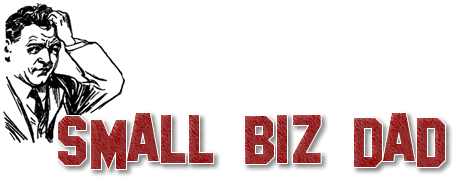If you’re considering starting a blog but unsure where to begin, you’ve come to the perfect place. Launching a blog is fascinating, and having one is an excellent way to supplement your income. Creating a blog is much simpler than you might realize, and if you are new to blogging or have no prior experience and want to become a professional blogger, here is a simple guide for you.
Pick a blog topic and name
If you don’t already have a name, the first step is to decide what to write about in your blog.
You can write about anything, from daily life to hobbies or experiences. Once you’ve decided on a theme, it’s time to select your blog’s name, commonly referred to as your domain name. Choosing an interesting and memorable one is advisable so potential readers can understand your blog’s theme. Try not to get too focused on a single word.
Launch your blog online
After choosing a name for your blog, it’s time to launch it online. You’ll need blogging software and a blog hosting site, commonly referred to as web hosting, to get your blog up and running. The good news is that these are often sold in packages. A blog host is a business that keeps all of the files for your blog and makes them available to users when they enter the name of your site. WordPress and Bluehost are reputable options for hosting your blog.
Personalize your blog
Everybody has a different vision for what their blog should look like. Your chosen theme will determine how your new blog will look and feel. New website visitors will notice your blog’s overall appearance before they read it. Choose a theme that not only suits your demands but also looks beautiful. Even without coding or design ability, you can choose a great layout made available by the web hosting platform.
Track your statistics and locate readers by adding blogging plugins
Your blog can have extra functionality thanks to plugins, which are third-party add-ons. Too many blog plugins—or plugins that aren’t reliable—can cause your site to load slowly, so it’s better to keep the number to a minimum and only install the finest ones. For your blog site, you will need essential plugins like Yoast SEO, which enables you to learn all about it, and Google Analytics, which makes it simple to track your blog’s traffic and provides a wealth of useful information, including overall traffic, traffic sources, views by author and category, and automatic tracking of outbound clicks and pageviews.
Advertise your blog
A blog’s design and content are only the beginning. Promoting your blog will help it grow, especially in the beginning. You can do this by using social media, commenting on other blogs, engaging with your visitors, and collaborating with other bloggers.
Produce and post high-quality blog posts
It’s time to start blogging now that your website is operational. Write and publish the content for your basic pages first. Include an About Page, Contact Page, Start Here Page, and any additional pages you choose in the header of your new blog. Fill out your blog posts with high-quality stock images and a photo of yourself.
(Cover Image Source: Pixabay)

